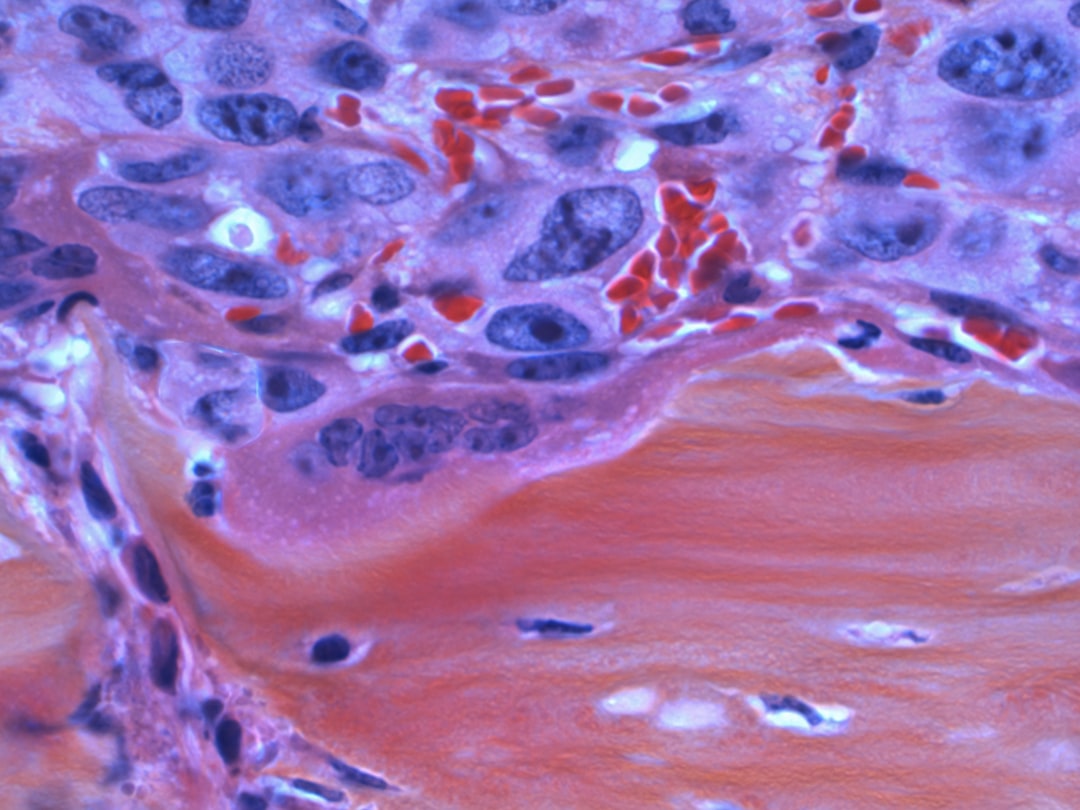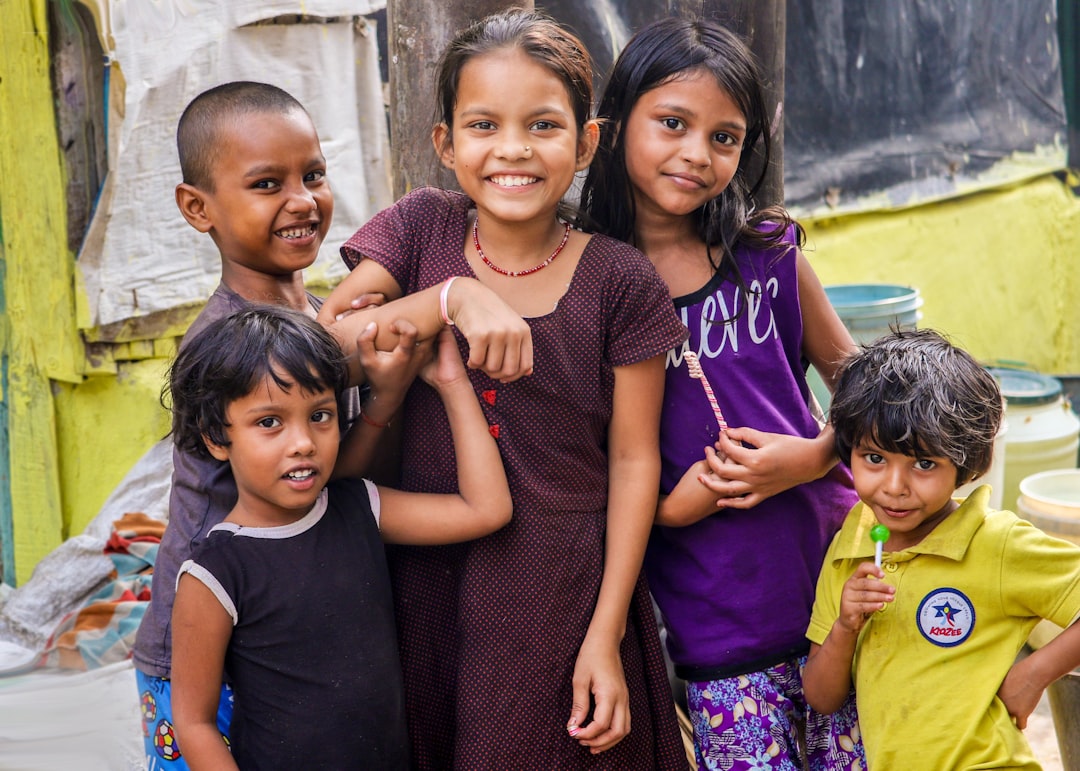What is it about?
Describes the experience of treating children and adolescents with relapsed acute lymphoblastic leukemia in LMICs. In LMICs and LMICs treatment of childhood cancer is challenging, this is the first treatment guideline addressing relapsed ALL tailored to resource-limited settings.
Featured Image

Photo by National Cancer Institute on Unsplash
Why is it important?
There is a gap in the survival of children and adolescents with cancer. ALL is one of the most common childhood cancers. After relapse, palliative care was the only treatment offered in our centers. The guideline was designed based on previous HIC protocols and adapted
Perspectives
Almost 200 relapsed ALL were treated and their probability of survival after 3 years was close to 40%. Mortality was <10%, a second relapse was the main cause of failure. More therapeutic options are needed for these cases.
Jessica Blanco
Unidad Nacional de Oncologia Pediatrica
Read the Original
This page is a summary of: How should childhood acute lymphoblastic leukemia relapses in low‐income and middle‐income countries be managed: The AHOPCA‐ALL study group experience, Cancer, December 2022, Wiley,
DOI: 10.1002/cncr.34572.
You can read the full text:
Contributors
The following have contributed to this page










